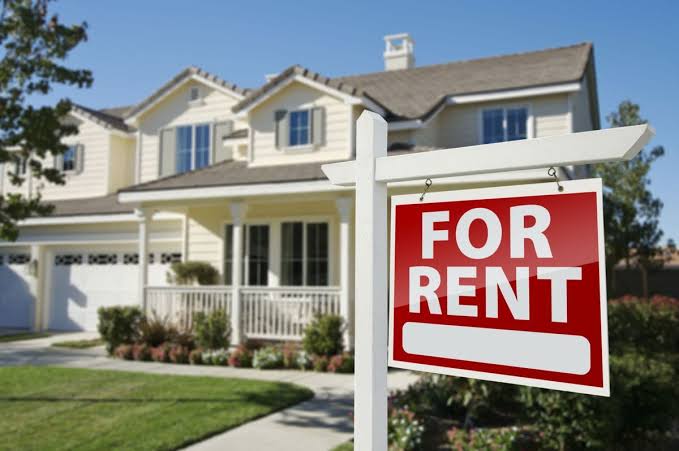Renting a home is a significant commitment, and while it might seem straightforward, there’s much more to consider before you put pen to paper. To ensure a smooth transition into your new rental and avoid potential pitfalls, it’s essential to approach the process with careful consideration. Here’s a guide to help you make an informed decision before you sign that lease.
1. Understand the Lease Agreement
The lease agreement is a legally binding document outlining the terms and conditions of your rental. Before you sign, take the time to thoroughly read and understand the entire lease. Look for key elements such as the rent amount, payment due dates, and the duration of the lease.
Pay close attention to clauses related to security deposits, maintenance responsibilities, and any restrictions on modifications or subletting. If anything is unclear, don’t hesitate to ask the landlord for clarification or seek legal advice.
2. Inspect the Property
A comprehensive property inspection is essential before making a commitment. Arrange a visit to assess the home’s overall condition and look for any damage or disrepair. Examine the walls, floors, and ceilings, and test appliances, plumbing fixtures, and electrical outlets. Ensure that windows and doors function correctly.
Additionally, in areas like Salt Lake City, consider having asbestos testing to ensure a safe living environment. Document any issues with photos and report them to the landlord. Confirming that the property meets your expectations will help you avoid unforeseen problems in the future.
3. Research the Neighborhood
The location of your rental can significantly impact your daily life. Research the neighborhood to ensure it aligns with your lifestyle and preferences. Consider factors such as proximity to work, schools, public transportation, and amenities like grocery stores, parks, and restaurants.
Investigate the safety of the area by checking crime rates and talking to current residents if possible. A neighborhood that suits your needs and offers convenience will contribute to a more enjoyable living experience.
4. Review the Landlord’s Reputation
The relationship between you and your landlord can affect your overall rental experience. Research the landlord’s reputation by looking for online reviews or asking current or previous tenants about their experiences.
A reliable landlord should be responsive, fair, and willing to address maintenance issues promptly. If you encounter a landlord who is evasive or uncooperative during your inquiries, it may be a red flag.
5. Clarify the Deposit and Fees
Understand the financial obligations involved in renting the property. In addition to the monthly rent, inquire about the security deposit and any additional fees. The security deposit is typically refundable at the end of your lease, provided you leave the property in good condition. Confirm the conditions under which the deposit may be withheld.
Be aware of any application fees, pet deposits, or other charges that may apply. Knowing the total cost upfront helps you budget effectively and avoid surprises.
6. Check for Necessary Repairs and Maintenance
Before you sign the lease, ensure that the property is in good working order. Verify that any necessary repairs are addressed by the landlord before your move-in date. If the landlord agrees to complete repairs, get this commitment in writing.
An initial inspection report can help document the property’s condition at the start of your lease, protecting you from being held responsible for pre-existing issues.
7. Understand Your Rights and Responsibilities
As a tenant, it’s important to be aware of your rights and responsibilities. Familiarize yourself with local tenant laws and regulations to ensure that your lease complies with legal requirements.
Know your rights regarding privacy, repairs, and eviction procedures. Understanding your obligations, such as maintaining the property and paying rent on time, will help you avoid conflicts and ensure a positive rental experience.
8. Confirm Utilities and Services
Clarify which utilities and services are included in the rent and which you’ll be responsible for. Common utilities include electricity, water, gas, and internet. Knowing what’s covered in your rent versus what you need to arrange yourself will help you budget accurately and avoid misunderstandings.
Additionally, check if there are any restrictions on utilities or services, such as limits on internet speed or installation requirements.
9. Negotiate Terms if Necessary
Don’t hesitate to negotiate lease terms if needed. Whether it’s requesting a lower rent, asking for additional amenities, or adjusting the lease duration, negotiating can sometimes lead to a more favorable agreement. Approach these discussions professionally and be prepared to compromise. A landlord who is open to negotiation may be willing to accommodate reasonable requests.
10. Document Everything
Finally, keep a record of all communications, agreements, and inspections related to the rental. Documenting these details can provide valuable evidence if disputes arise. Save copies of the signed lease, repair requests, and any correspondence with the landlord.
In Conclusion
Renting a home involves more than just signing a lease. By thoroughly reviewing the lease agreement, inspecting the property, researching the neighborhood, and clarifying financial responsibilities, you can make an informed decision and avoid common rental pitfalls. Taking these essential steps will help ensure a smooth and positive rental experience, setting the stage for a comfortable and enjoyable new home.
















